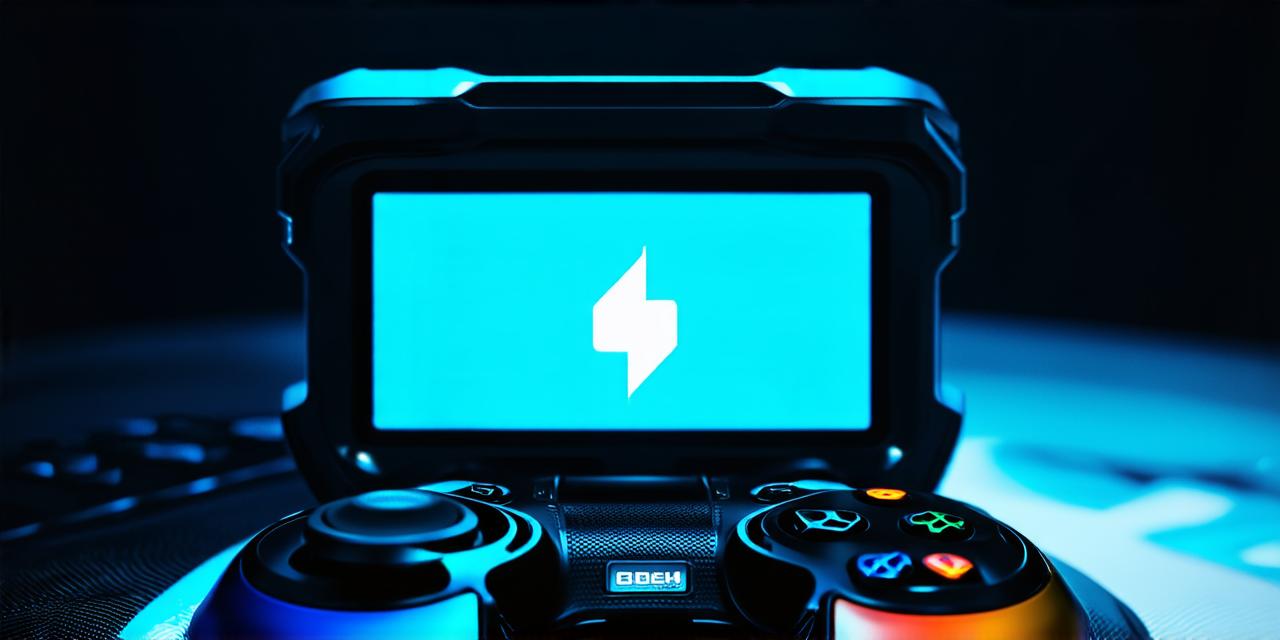<p>As game developers, we know that capturing high-quality video footage of our games is crucial for showcasing them to potential players and stakeholders. However, capturing this footage can be a challenging task, especially when it comes to creating engaging and informative content.</p>Introduction
<p>Before diving into the technical aspects of capturing video game footage, let's first discuss why it is important. Capturing high-quality video footage can help showcase the beauty and complexity of your games in a visually stunning way. It can also provide potential players with a better understanding of how the game works and what to expect when playing.</p>In addition, capturing video game footage can be used for educational purposes, such as teaching programming or game design concepts to students. Furthermore, it can also be used for marketing purposes, such as creating promotional videos for your games on social media platforms.
Types of Video Game Footage
<p>Before we dive into the technical aspects of capturing video game footage, let's first discuss the different types of footage that you can create. There are two main types of footage that you can capture: in-game and cutscene.</p>
In-game footage refers to the footage captured while a player is actually playing the game. This type of footage can showcase the gameplay mechanics, graphics, and sound effects in action. In contrast, cutscene footage refers to the footage captured during cinematic moments in the game, such as cutscenes or cutaway shots.
Technical Aspects of Capturing Video Game Footage
<p>Now that we have discussed the different types of video game footage let's dive into the technical aspects of capturing this footage.</p>Hardware Requirements
<p>To capture high-quality video game footage, you will need a computer with a powerful graphics card and sufficient processing power. A dedicated graphics card, such as an Nvidia or AMD GPU, is recommended for capturing in-game footage. In addition, you will also need a fast hard drive and at least 8GB of RAM to ensure smooth gameplay and prevent lag.</p>For cutscene footage, you will need a high-quality camera with a high frame rate and advanced autofocus capabilities. A DSLR or mirrorless camera is recommended for this type of footage.
Software Requirements
<p>In addition to the hardware requirements, you will also need software to capture the video game footage. There are many different software options available, ranging from free to paid. Some popular options include OBS Studio, Shadowplay, and Lightshot.</p>When choosing software, consider factors such as the ability to customize settings, support for multiple capture devices, and compatibility with your operating system.
Capture Settings
<p>To ensure high-quality video game footage, it is important to adjust the capture settings correctly. For in-game footage, you will need to set the capture resolution to match the game's native resolution, typically 1920x1080 or higher. You should also adjust the capture frame rate to match the game's frame rate, which is usually between 30 and 60 frames per second (fps).</p>For cutscene footage, you will need to set the capture resolution to match the camera settings, typically 1920×1080 or higher. You should also adjust the capture frame rate to match the camera’s frame rate, which is usually between 24 and 30 fps.
Lighting and Audio
<p>Lighting and audio are crucial for creating high-quality video game footage. For in-game footage, you should adjust the game's lighting settings to ensure that the footage looks visually appealing. This may include adjusting the brightness, contrast, and saturation levels.</p>For cutscene footage, you will need to set up proper lighting and audio for the camera shoot. This may include using reflectors, diffusers, or other lighting equipment to achieve the desired effect. In addition, you should also adjust the audio settings to ensure that the sound effects and dialogue are captured correctly.
Stabilization and Editing
<p>Stabilization and editing are important for creating smooth and engaging video game footage. For in-game footage, you can use software to stabilize the footage and remove any shake or movement that may occur during gameplay. You can also edit the footage to add transitions, effects, and other elements to make it more visually appealing.</p>For cutscene footage, you will need to use camera stabilization techniques to ensure that the footage is stable and smooth. This may include using a tripod or other stabilization equipment. In addition, you can also edit the footage to add transitions, effects, and other elements to make it more visually appealing.
